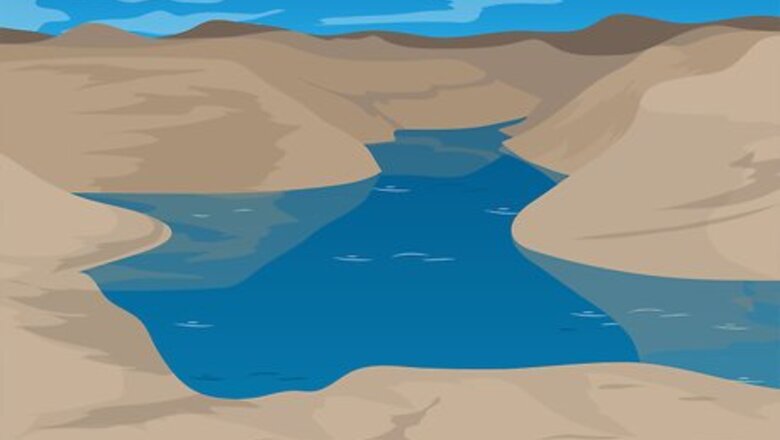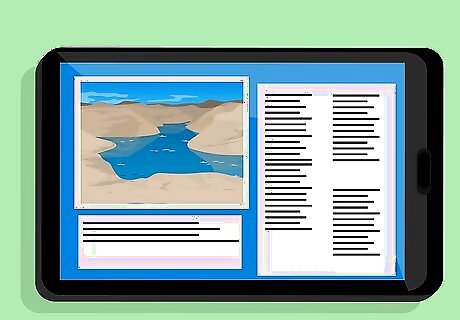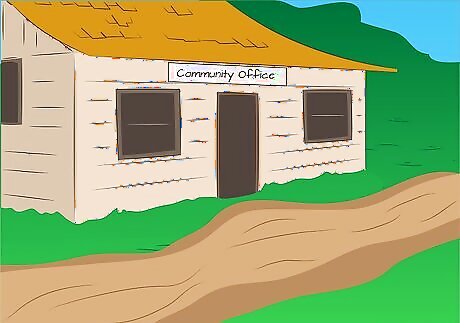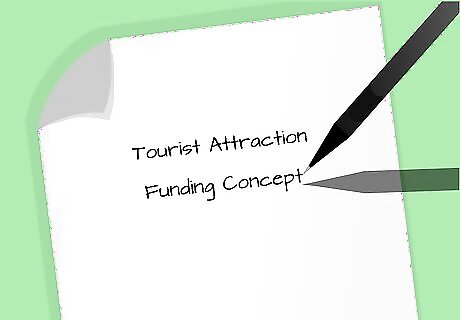
views

Identify the place or site that you want to develop into a tourist attraction. It is very easy to identify the sites with the potential to attract tourists because more often than not hard-eco tourists (they are adventurous travellers who like to visit the undiscovered places because they enjoy the challenge of visiting not easily accessible places where there are no tourist facilities and other components of a destination such as tarred roads, cell phone networks and other services that are not available if the site is not yet developed) might already be visiting the place or if there are no visits already, you may consider increasing potential tourists awareness about it.

Research about the potential site thoroughly. Every site having the potential to attract tourists other than the wetlands area infested with flora and fauna has history behind it. Be familiar with the problems that are facing the site by analysing the prevailing situation. If there are environmental problems that are rife in the area, destructive human and domesticated animals interacting with the site, and some delicate historical remains that need to be preserved for the future generation to use will be the recommended facts to find out in your research. Asking the locals who might know the history of the site open ended questions will give you enough information about the older initiatives undertaken by the local people that have failed and the important information you might not know about the site

Plan the management of the site and register the group with the law office. At least 60% of the site management should be the community people as many relevant stakeholders such as international organisations have interest in funding the projects that improve the community livelihood not an individual who is aiming at profits. To succeed in this kind of business you must have a need for social responsibility and have the goal to change lives. Involving the community people in the management is very legitimate at diluting the negative attitudes that make some people resistant to change, and who might be aiming at destroying the developments made in the potential site. Then after you have decided on the management group register with the law office

Solicit support from the relevant government departments. To succeed in the process of funding, first you must consult with the relevant government departments. If there are environmental problems, then approach the Department of Environment. If it’s the history or the physical evidence with the cultural significance then consult with the Department of Culture. The relevant Department will site visit the place for documentation (take photos, videos and interview a few locals to get the site information) and file the information obtained during the process because that will be helpful in backing up the proposal of the funds for development in the later steps

Seek allocation of the site from all relevant local community responsible bodies. Consider approaching the local chieftainship, local community council, if the project is in Maseru town consult with the city council, and most importantly the local people in their groups for the support of the project. That will add credibility for the project success and the Donors will have confidence the project is going to succeed to the acme of its perfection. The relevant bodies should site visit the place and be given all the relevant information that will increase the interests, then they should all make the written documents that prove the site is allocated ideally for the project to be initiated and the documents will also be needed to back up the proposal for the funds but for now they should all be presented to the chosen Department as the prove of the allocation

Write the concept paper for funding. If all needed information is acquired about the targeted site then write a concept (preliminary paper that describes the site and the estimated budget) to the Donor. This is a critical step that would decide whether the project passes or fails to obtain funds and note that many projects fail because they do not meet the objectives of the Donor. If it’s biodiversity conservation, state it here. If it is something concerned with cultural heritage again state it. Another important thing to note when drafting a concept is to state the problems faced by the site and the threat to its existence then the proposed interventions to mitigate the destruction. Hundreds of concepts might have been submitted and only the best that meet the objectives and the required standard will be selected so make sure you are at your level best

Write the proposal for funding. After the concept has been approved by the Donor, write the detailed proposal that gives the account of the detrimental activities in the site and the proposed activities to be undertaken in the development process. Give the detailed accounts and be creative in the process because writing the proposal is the most important of all and there is still a chance that the project will fail if the required standard and the objectives are not met. There are several steps that need to be qualified until the proposal is final and qualifies for the funding and it takes devotion of time and energy to succeed in this, so apply yourself.


















Comments
0 comment